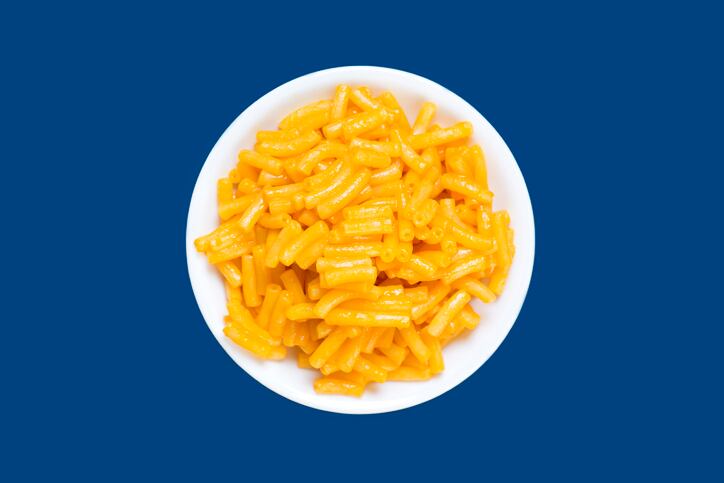As a result, CEO Miguel Patricio told investors Oct. 27, the company was able to “protect profitability through 2022,” but also increase household penetration, repeat purchases, and market share of key brands in the third quarter – allowing it to exceed sales expectations for the quarter and raise its full-year forecast.
The company reported a slight 1.8% dip in third quarter sales to $6.32bn against a tough comparable quarter last year when at-home consumption was higher due to pandemic restrictions and including a negative 4 percentage point impact from the divesture of the company’s nut business. But this still exceeded analyst expectations of $60.5bn.
The better-than-expected quarter gave executives confidence to raise the company’s full year guidance for EBITDA to more than $6.2bn from its previous estimate of $6.1bn.
While “2022 will remain a very fluid environment,” CFO Paulo Basilio said the company’s current performance supports the belief that “from a top-line perspective, we will sustain strong consumption versus pre-pandemic levels as our growth strategy continues to take hold; and as we retain consumers and trips that we gained during the pandemic” thanks partly to product and service improvements.
Inflation will persist ‘at least during the first half’ of next year
With ongoing supply chain and labor constraints continuing to negatively impact the entire CPG industry, Patricio said he expected inflation to get worse before it gets better.
“As far as gross inflation, for the full year 2021, we continue to expect inflation at the high end of the mid-single-digit range across our full cost basket with inflation accelerating in the second half to the high-single-digit range,” he said, adding: “And for 2022, we expect elevated inflation to persist at least during the first half of the year mainly driven by the carry-over impact from 2021.”
Despite this grim outlook, Patricio remains optimistic that the pricing Kraft Heinz is implementing through the end of the year will be enough to offset this inflation – including the carry over impact from 2021.
However, he conceded that “if input costs keep going up from today’s levels, we will take more actions, as appropriate.”
Recognizing that retailers and consumers are feeling the squeeze of higher prices, Kraft Heinz is taking several steps to increase the value and relevance of its brands so that shoppers remain loyal.
“Our focus on consumer needs, instead of simple category definitions, is strengthening our insights, our R&D, and our creativity. This is guiding us on a path to renovate the product, packaging and brand proposition of approximately 70% of our brands by the end of 2022,” he said.
Further, he added, Kraft Heinz increased its advertising and working media spend 9% year-to-date compared to last year and increased its R&D spending by 17% -- a strategy that is already returning dividends.
“For example,” he said, “in the United States, Oscar Mayer gained roughly half appoint of share in Q3 versus last year, and we have been seeing sequential share improvement since May driven by the renovation and relaunch of the brand” earlier in the year.
In addition, he noted, Ore-Ida gained 2 share points versus Q3 last year thanks to investments in production, marketing and insights that helped it gain new distribution in growth-oriented category plans.
The company also is driving growth through on-trend innovations, including its Heinz Beanz Burgerz, which launched in June; Heinz Plant Proteinz soups that launched in Australia and New Zealand and Purgrains, plant-based easy meals in Canada.
Capacity investment underscores expectation for sustained demand
In addition to cultivating relationships with consumers, Kraft Heinz is enhancing its relationships with retail customers by increasing production capacity to help keep store shelves sufficiently stocked.
For example, Patricio said, the company increased capacity for its ketchup, Mac & Cheese, frozen snacks, like Bagel Bites, and children’s juices, among other products.
“This investment in capacities is a great proof of our belief about the demand for our products in the future,” he said.
However, he added, the company is still far from where it would like to be.
Patricio noted that Kraft Heinz lost some market share in the third quarter because it could not keep up with demand for some back-to-school products. He also cautioned there could be similar shortages during the holidays for products that typically see increased seasonal demand.
With this in mind, the company also is leveraging its scale to minimize shortages through sourcing globally and by adopting new digital tools to alleviate labor pressures.

